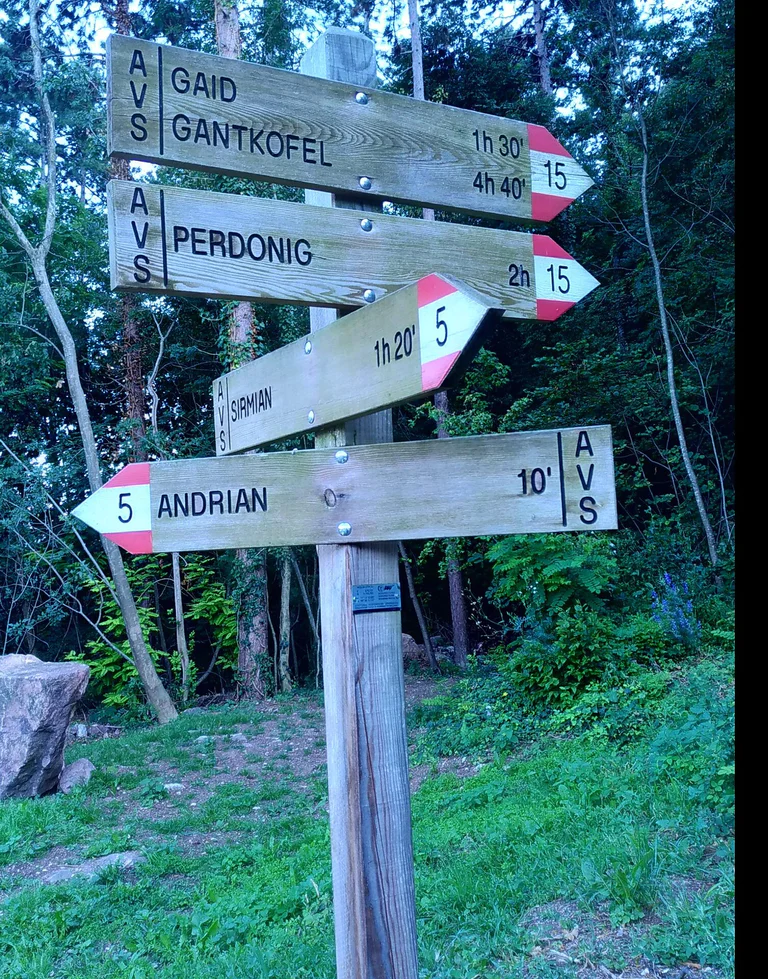From Andrian walk through the gorge of river Gaido to the ruins of Festenstein - the trail is very steep and requires attention - continue to the hamlet of Gaido (Moarhof). a short distance along trail no. 8, continue along trail no. 6 to the viewpoint Burgstalleck and descend via the Sattelweg trail to the Bittnerhof farm and back to Andrian.
The hike offers some beautiful viewpoints: take some time to rest and enjoy the view: at the ruins of Castelforte (Festenstein), at Payer's Peak (Burgstalleck) and above Andriano at Schlosspichl.














































































































































